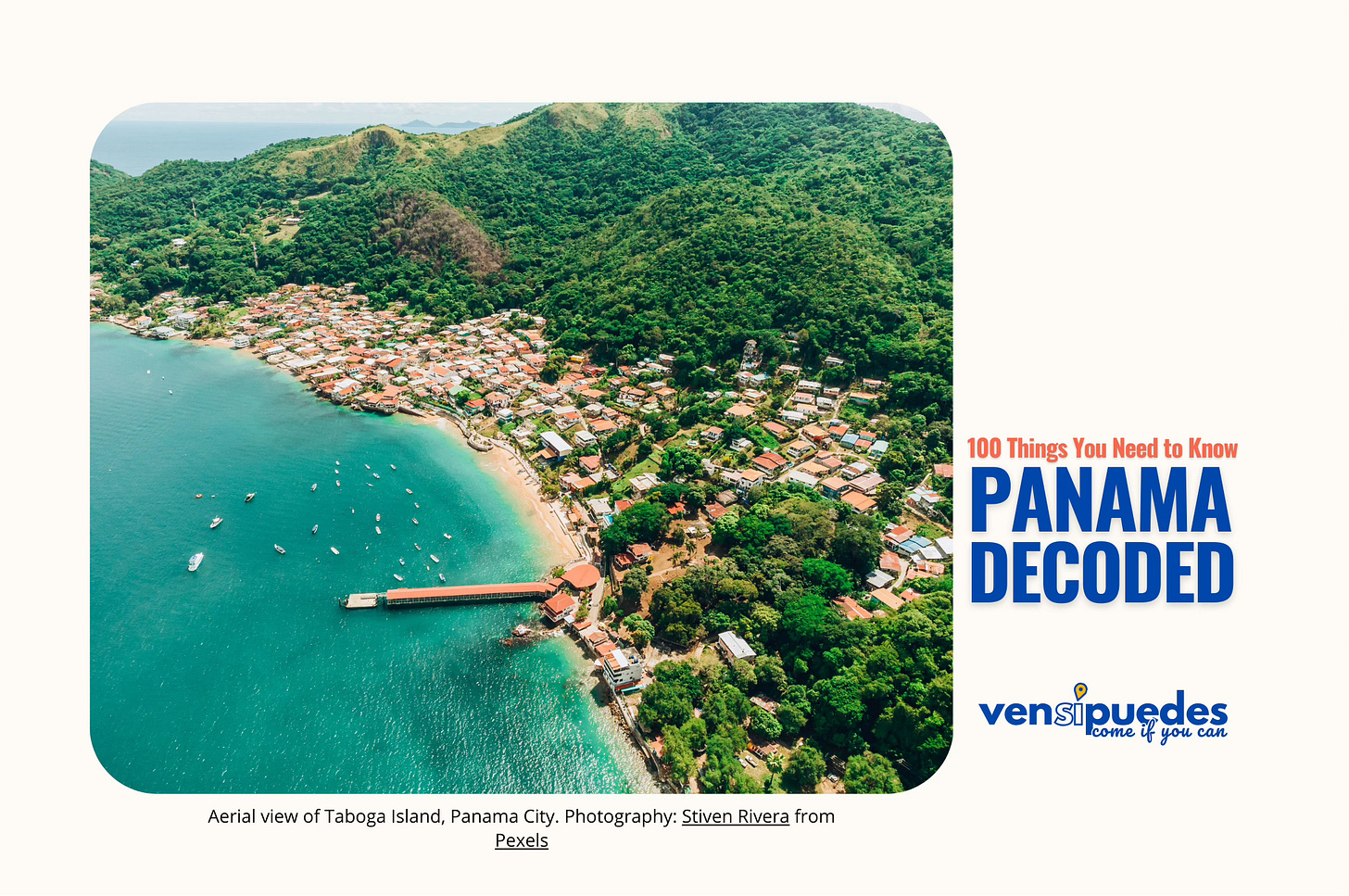The Rain is Everything: Panama Edition
Here is Part 10 of the 100 Things series. You're about halfway there... Surviving Panama's rainy season.
Environment & Weather
46. Rainy Season Intensity
The rainy season transforms the landscape from May to November, with daily downpours that can last for hours. Roads may flood, outdoor events require contingency plans, and umbrellas become essential accessories. The upside is lush, green scenery and cooler temperatures during these months.
The Panama Canal relies entirely on rainwater to fill its locks and maintain operational water levels, with each ship passage requiring approximately 52 million gallons of fresh water. During Panama's dry season (December to April), canal authorities carefully manage water resources from artificial lakes like Gatún and Alajuela, highlighting how this engineering marvel remains fundamentally dependent on natural rainfall patterns despite its technological sophistication.
47. Yard Space Practicality
Most Panamanians with yard space use it to grow fruit trees rather than ornamental gardens. Mango, papaya, avocado, and citrus trees provide fresh produce right outside the door. These productive gardens create neighborhood sharing networks when trees produce more fruit than one family can consume.
48. Biodiversity Hotspot
Panama serves as a land bridge between North and South America, creating extraordinary biodiversity. The country contains more bird species than all of North America combined. National parks and protected areas showcase this natural wealth from rainforests to coral reefs.
49. Indigenous Conservation
Panama's indigenous communities maintain control of several large territories called comarcas, where traditional environmental management practices continue. These areas often have the best-preserved forests and waterways in the country. Visiting these territories requires permission and respect for local customs and authorities.
The Ngäbe-Buglé, Guna Yala, and Emberá-Wounaan comarcas are the largest indigenous territories in Panama.These indigenous groups maintain their distinct languages, cultural traditions, and in many cases, semi-autonomous governance through the comarca system, which provides territorial rights and a degree of self-governance within the Panamanian state.
50. Scents and More Scents
Our observation: strong artificial fragrances are used extensively in homes, businesses, and vehicles. Scent machines, plug-in fresheners, and scented candles create powerful aromatic environments intended to mask tropical humidity smells. For those sensitive to fragrances, this cultural preference can be overwhelming.




